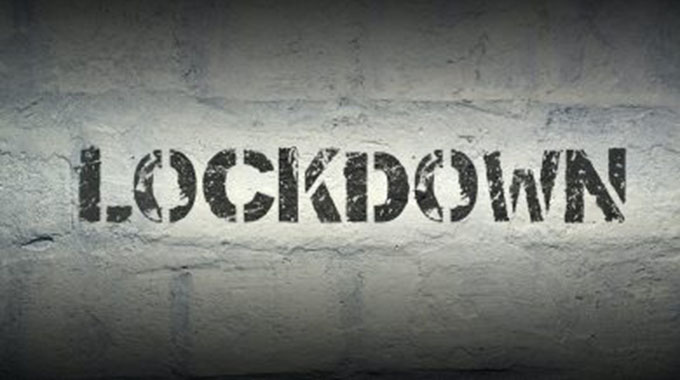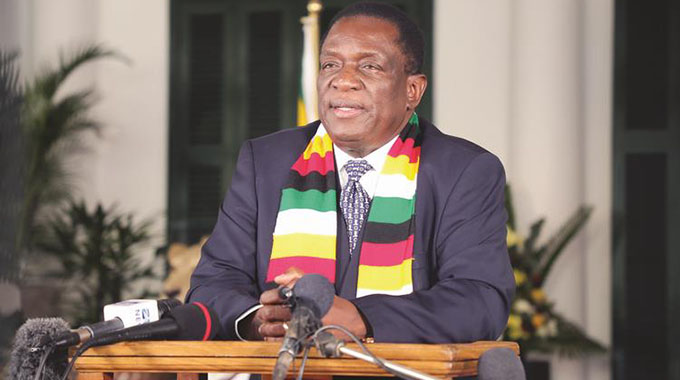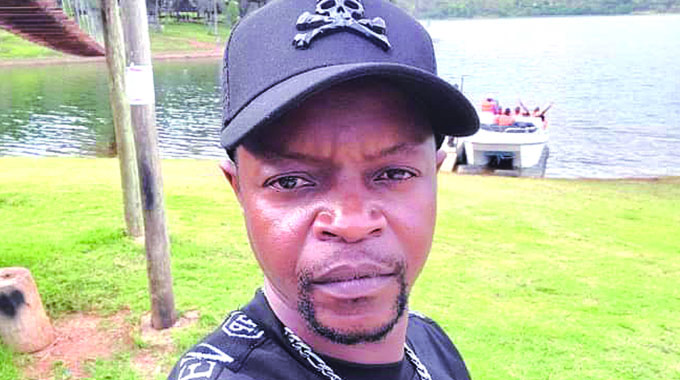Editorial Comment: Lifting of lockdown progress remarkable

Faced with the need to balance the safety of citizens and opening of economic activity, President Mnangagwa and his Government have decided to allow more economic and social activity, but moving forward carefully.
Imposing a lockdown when there were very few cases of Covid-19, and long before the virus had managed to go wild in the community meant the virus was largely stopped in its tracks.
Almost all cases have been imported from arrivals and their immediate contacts.
The longest chain we have seen is just three generations long, the contact of a contact of a visitor.
But that particular visitor and the associated infection chains led to our largest single cluster of cases, almost a quarter of all confirmed cases, in Bulawayo.
Without the lockdown, there would have been many more such clusters, and many chains would be far longer than three generations.
We need to remember that the whole global pandemic started with just one person, case zero, about six months ago, so it is difficult to criticise anyone from being too careful.
Zimbabwean borders were closed to ordinary tourist traffic in time, and while returning citizens and legal residents have an absolute right to return under international law, and our own Constitution, the Government chose the route of mandatory and supervised quarantine, to ensure that anyone in this group who was infected, but yet to show symptoms would be identified early and would not infect anyone.
And this is being tightened further with drivers of cross-border trucks, who we need to stay at work, being tested more frequently so we can have it both ways, normal cargo movement, but in safety.
Our lockdown has seen steady progression of exemptions over the past seven weeks as risks could be calculated more precisely with more evidence that we managed to contain the pandemic, but probably not totally eliminated it in Zimbabwe.
This has allowed Zimbabwe to lift business and local movement restrictions more rapidly than most countries which initiated a lockdown when the virus was already well-established in the community. But it does not mean Zimbabwe can just go back to normal, or what should perhaps be called the old normal.
The World Health Organisation has spelt out guidelines for lifting lockdowns, and Zimbabwe is following such.
So even the next big jump, reopening schools for exam classes, has to be done carefully, which is why the President was not able to give the operational details of the new policy this weekend.
Health authorities need to take a large number of factors into account, including probably how to get temperature screening into the most remote rural schools.
Social distancing in this very limited re-opening is probably the easiest to manage, simply spreading a class over two classrooms at the beginning and assigning more staff to each class.
With other pupils absent this is possible.
Sanitisers might not always be available or affordable, but a bucket of water and a bar of soap are just as good. School heads are generally reliable administrators who can be trusted to implement required conditions.
So the partial schools’ reopening can be done with very little risk. And this is needed.
While ICT enthusiasts talk about online lessons and online interaction between teachers and pupils, the facts on the ground mean that more than 90 percent of families do not have the hardware at home for this, since a small smart phone is not really adequate, and certainly do not afford data.
Suggestions have been made for data providers to do something along the lines of what Zesa has been doing for several months, providing a small batch of very cheap data each month to each user with normal fees then kicking in.
But so far nothing has been done to implement such a scheme, at least for schoolchildren.
Church ministers can, however, set up cheap data groups on Sundays.
Government has been pressing the formal sector to reopen businesses, under the set scanning and hygienic conditions, but sometimes this is not so easy.
Many suburban shops have now reopened, with customers already coming legally into the shopping complexes to buy food and medicine.
In the city centre this is harder, because of movement restrictions and roadblocks.
That needs some thought in sorting out.
But even expecting people who work in other city centre businesses to go shopping is problematic. Many office workers are either working from home, or at least doing so much of the time, and the civil service has yet to bring vast numbers back into their offices.
The extension of working hours may help, as it will certainly help the suburban businesses.
The shortage of public transport could be used by the authorities to limit movement rather than the use of formal controls.
Although this will continually ease, as most kombi owners come to understand that joining the Zupco franchise is the only way they will ever resume business, it cannot be instant as Zupco has to check out each applicant and their vehicles.
Local authorities are already making plans for a more orderly informal sector.
Government needs to push them to move fast, so that an orderly reopening of this sector is possible, probably following the same step-by-step process adopted for the formal sector with smaller suburban markets that can be easily controlled and sealed off with just one entrance being the obvious starting point.
What all Zimbabweans need to realise is that the step-by-step process chosen by the President is not one-sided and not static. He has extended the lockdown “indefinitely”, but that means in practice the Government retains control over how it is eased and lifted, sector-by-sector.
The more we all cooperate the faster that process can be implemented, since with cooperative communities the risks at each step are much lower.









Comments